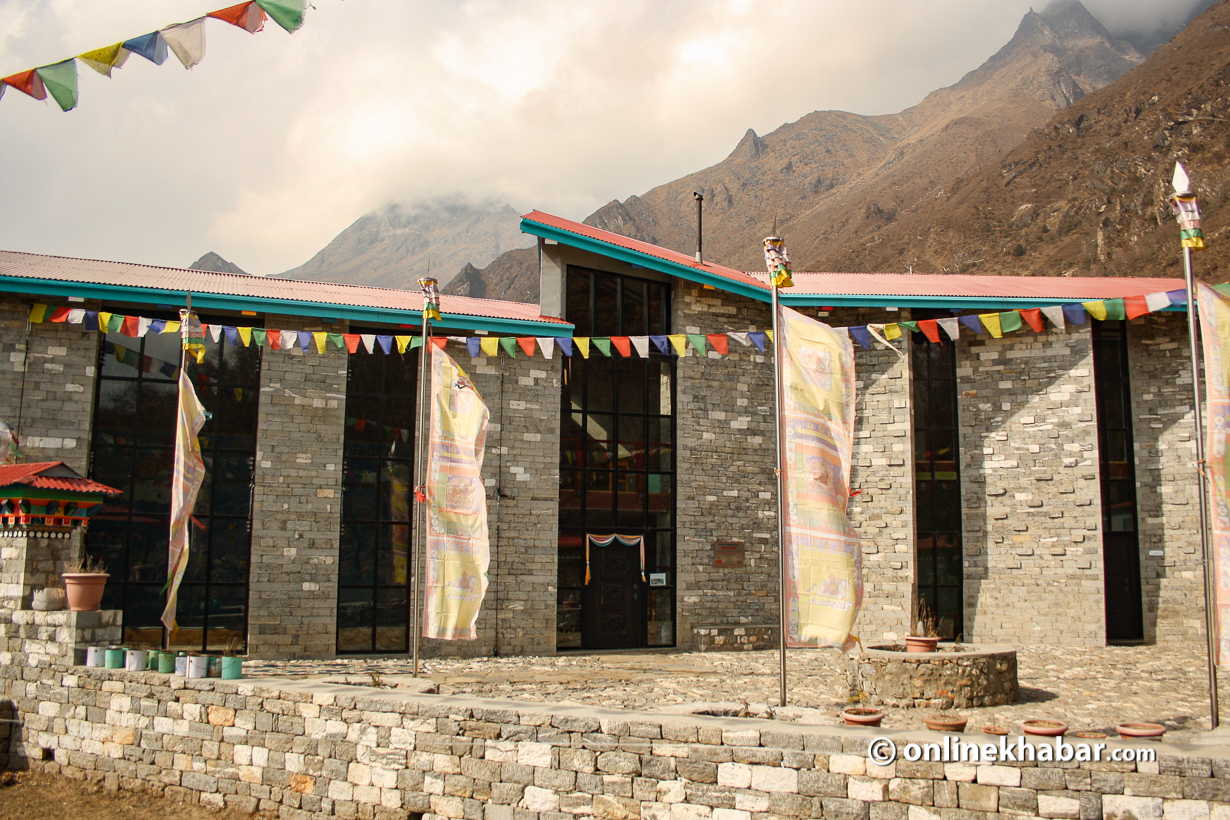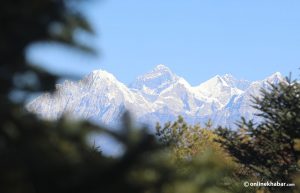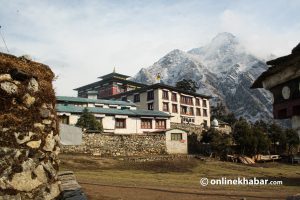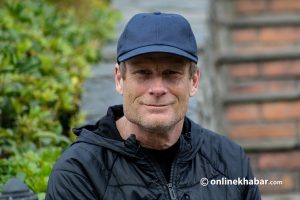There is pin-drop silence at the village of Phortse in Khumbu near Mount Everest. Almost everyone from the village during the months of April and May is at the base camp of Mount Everest. Such is the legacy of the place that every household in the village has at least one Everest summitter. Almost all of them are either climbing or supporting the climbers.
Things, however, change drastically around January when the village is full of people from Khumbu and other parts of the country. Aspiring mountaineers, both Nepali and foreign, gather around the Khumbu Climbing Center, a training centre that teaches them about the ins and outs of mountaineering on Nepal’s Himalayas. There, they learn the basics of mountaineering, from tying knots to climbing ice. In 15 days, they go back with the ability to tackle mighty mountains like Everest where most of them go looking for jobs in the spring.
“This is probably my biggest legacy. I couldn’t be prouder of what we have been able to do with this centre,” says Conrad Anker, adventurer and one of the founding members of the climbing school. “I like how this place has changed the lives of so many people.”
The centre was established in 2003 by Jennifer Lowe-Anker and Conrad Anker and is a part of the Alex Lowe Charitable Foundation with the aim of teaching the people of Khumbu the basics of climbing a mountain safely. It has trained National Geographic athletes like Dawa Yangzum Sherpa and Pasang Lhamu Sherpa Akita among many others who have been guiding on mighty 8,000-metre peaks like Annapurna, Dhaulagiri and Everest.
Local-foreigner partnership
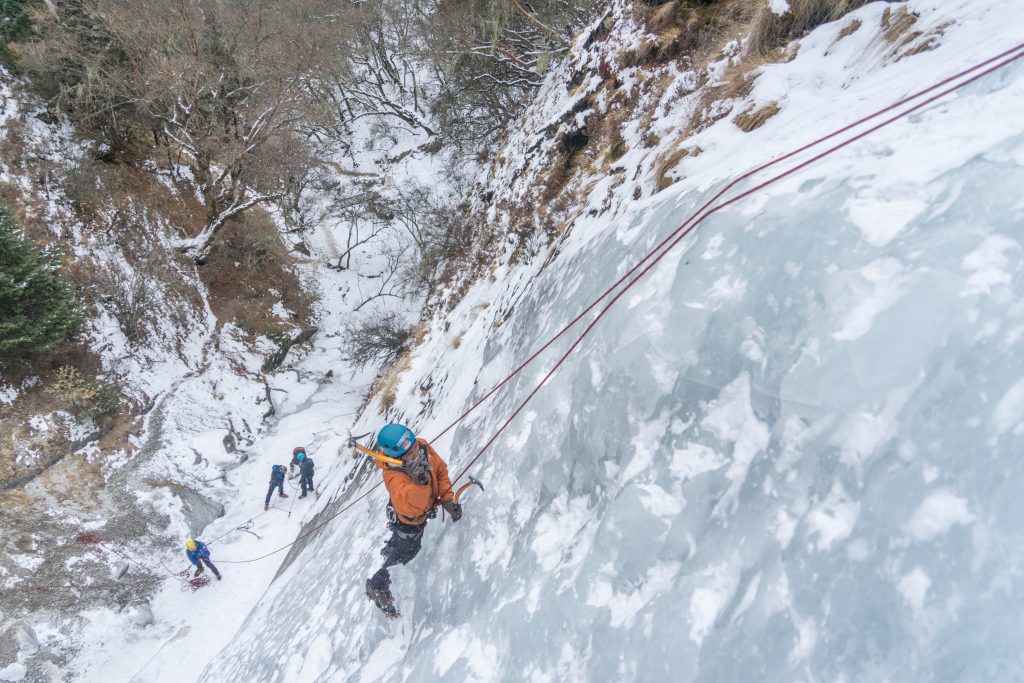
The centre is the brainchild of Jennifer who wanted to help the community that spent so much time on the mountains. Things were made easier when locals of Phortse, who had gone with Conrad to look for Gorge Mallory’s body on the north face of Everest, showed interest in such a project. One person at the centre of it was Panuru Sherpa.
“It was clear we needed training,” he says. “I’d been on the mountain many times and had been lucky to come back home to my family. Many, however, were not lucky.”
That drove Panuru to find a solution and when he was climbing with Conrad, he asked him if they would set up a school.
“He was kind enough to say, and by 2003, we started basic and advanced ice climbing courses in Phortse,” says Panuru.
Initially, not many turned up. They felt they were good enough as they had already climbed mountains like Everest. But, soon, that mindset changed as they saw how their peers who had taken the training were gradually getting better.
Safety first
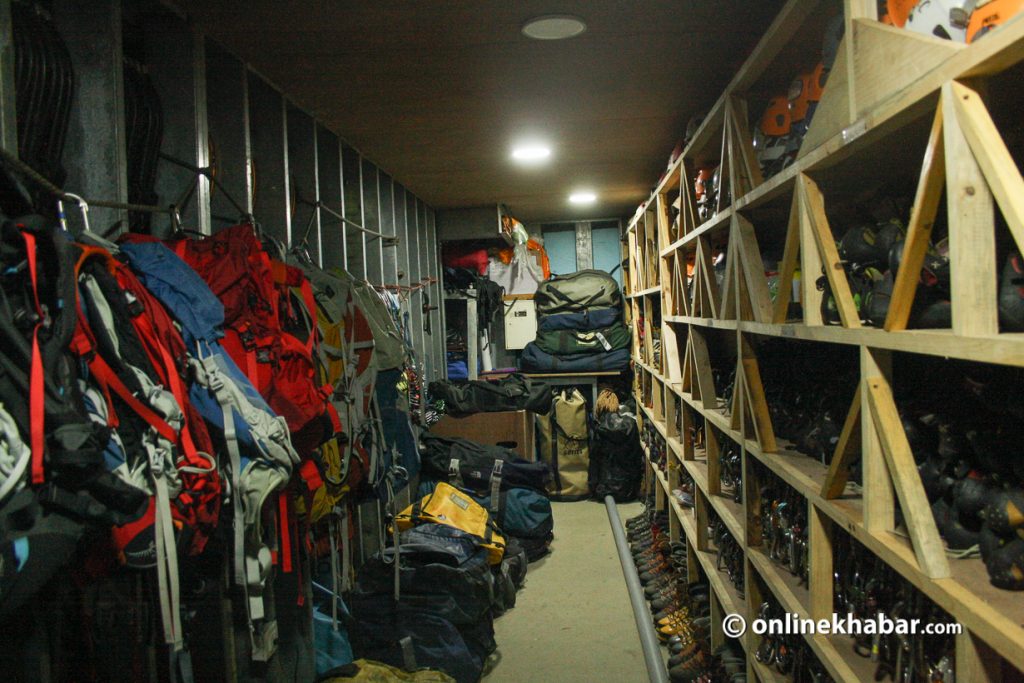
By 2009, things had developed a lot. Rangers from Yosemite and Denali national parks started coming to Nepal to train Nepali climbers. Nepali climbers were going to these places to learn the art of climbing and safely too. Two families, Lhakpa Dorje, Nawang and Karma Tsering, and Panuru and Pasang Diki even donated their land for a building for the project that was completed in 2019.
“It’s the least we could do,” says Panuru.
The building took time to complete as it was a logistical hassle to get everything up there. But, during that time, the training never stopped.
The training takes place mostly around January when the climbers are free and takes place for 15 days. During this time, they learn the basics: From tying a knot and using crampons to using safety equipment like harnesses, ropes, ice axe, ice screws and pickets.
“What we learn there are climbing techniques. The world says we are not technical and use our physiology to climb, but we want that to stop and show people that we have the technical skills as well,” says Amrit Ale, director of the centre.
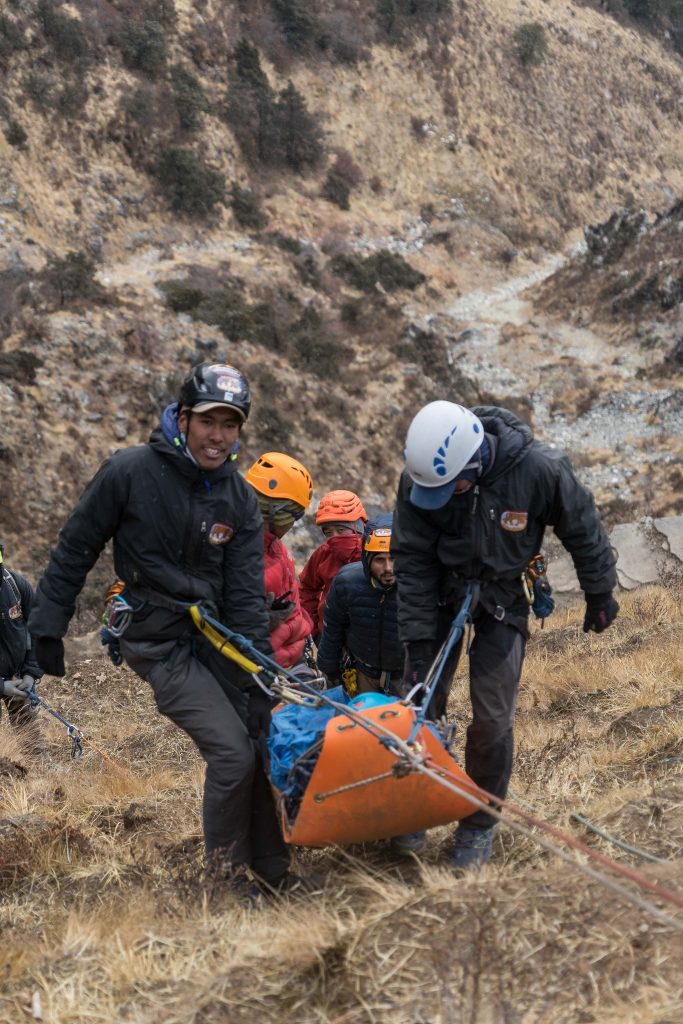
He says once Nepali climbers started to take these courses, their technical ability improved. Many realised that they were not climbing safely and that was a real eye-opener.“Climbing, for many, is a necessity. But, this sport or a profession is life-threatening which is why they needed this training and the KCC has been doing just that,” says Ale.
Apart from climbing skills, they are also taught mountain safety, rescue and wilderness first aid. They are also given basic English classes so that the climbers can communicate with their clients and explain to them the things they can expect on the mountains.
“It is very holistic. Our aim from day one has been safety and that is what we go by today as well,” says Ale, adding the English courses have helped climbers a lot.
Bringing world-class skills to Nepal
During the early years, a lot of instructors were from the US, but as time went by, Nepalis started to develop the skill and have been providing training themselves. Ale is one of them who went to the US to get trained in safety and has been going to KCC to teach for the past five years. He says currently 80 per cent of the instructors are Nepali and that the number would be a lot more if there were other few Nepalis who did not return from the US after they were sent there for training.
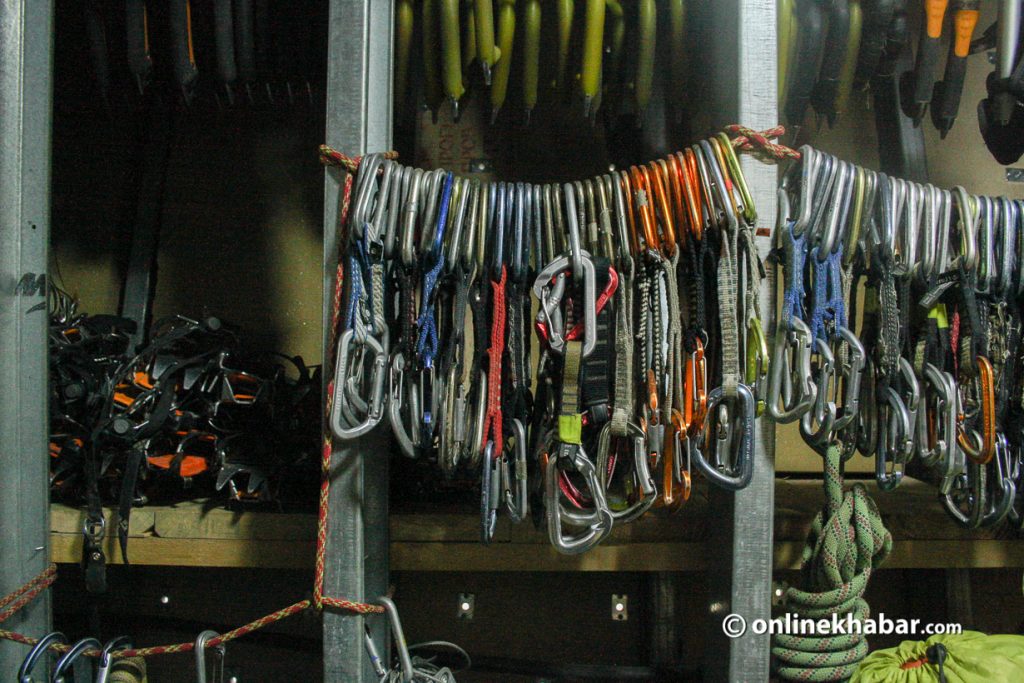
“We were sent to a school like National Outdoor Leadership School (NOLS) for training. When some people get ungrateful, others pay the price,” says Ale.
The exchange programme has stopped for the time being as the US stopped giving visas to young climbers owing to the hiding of some trainees in the US.
“It sucks, but it’s okay, I do get to work with people like Conrad, Jimmy Chin, Renan Ozturk when they are in Nepal,” says Pemba, who was rejected a US training opportunity.
He also adds how the KCC has helped the village of Phortse in general. As it is off-route from the main trekking trail, the village sees a lot of tourists who come to see the KCC. That has, to some extent, helped out the village’s economy too.
“There is not a lot to do at Phortse, but people still come and spend time at the KCC. They visit the Jon Johnston Mountaineering Library and the Magic Yeti Children’s Library that have a collection of over 1,200 mountaineering books. “Some books are older than so many people that come there,” says Pemba.
Now, the team is working towards making the centre self-sustainable. It knows that at one point the funding will stop and hence it wants to be ready when it does happen. Ale says it is planning to extend the number of training days from 15 to 21 and is in talks to raise the course fee from Rs 2,500 to Rs 3,500.
The local government of the area has also started to show interest in the school as it has helped so many local climbers get the training they need without having to spend money and go to Kathmandu and take a similar course provided by Nepal Mountaineering Association.
“We have to evolve now. Jenny and Conrad have helped us a lot. Now, it’s our time to work and make this school self-sustainable,” says Ale.



